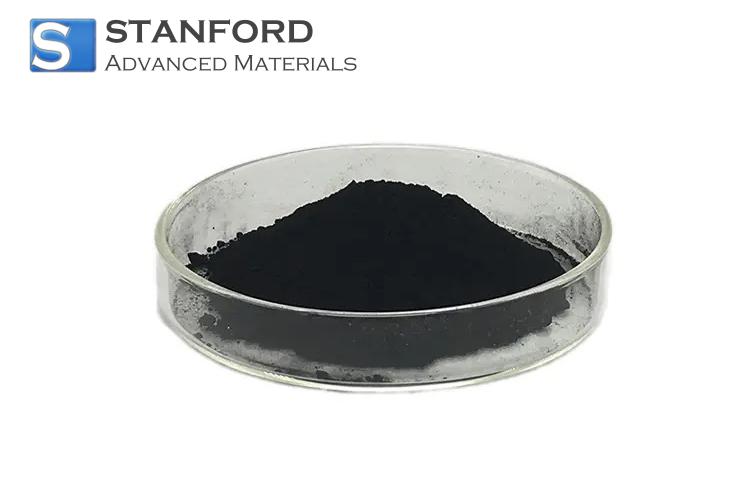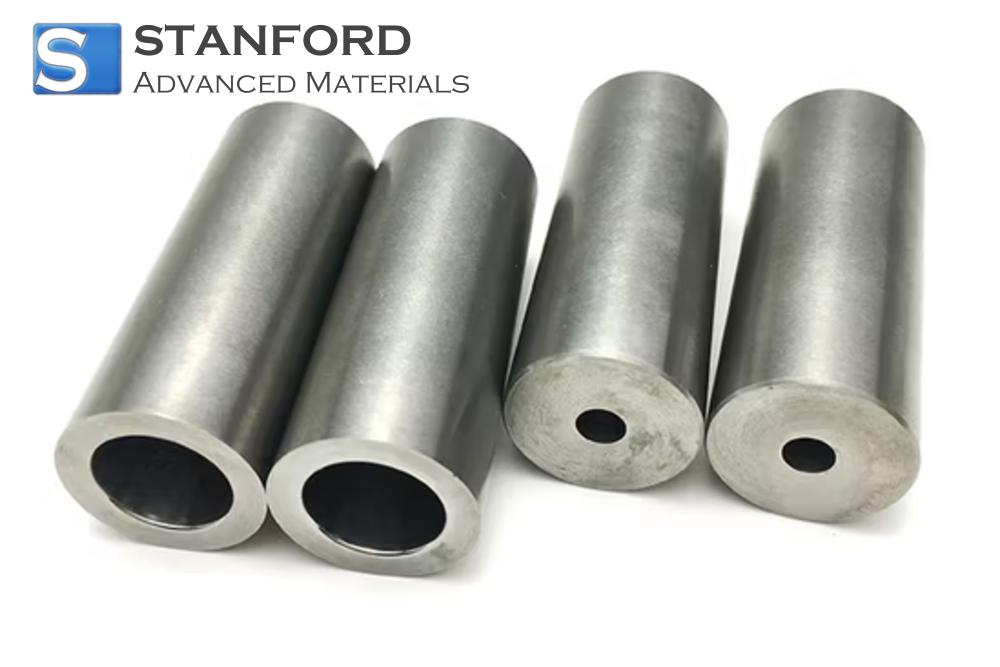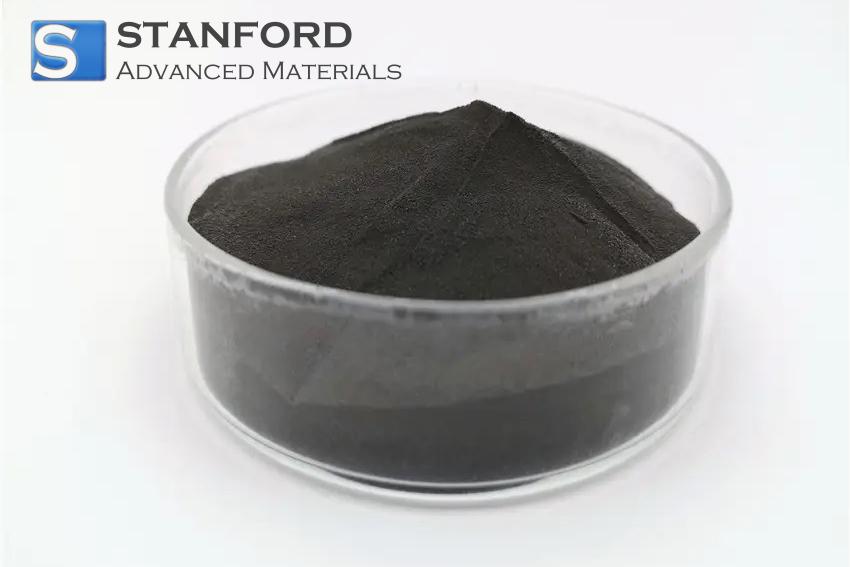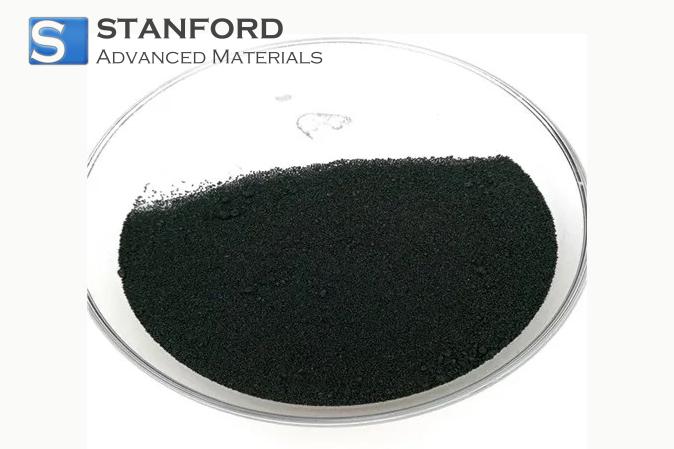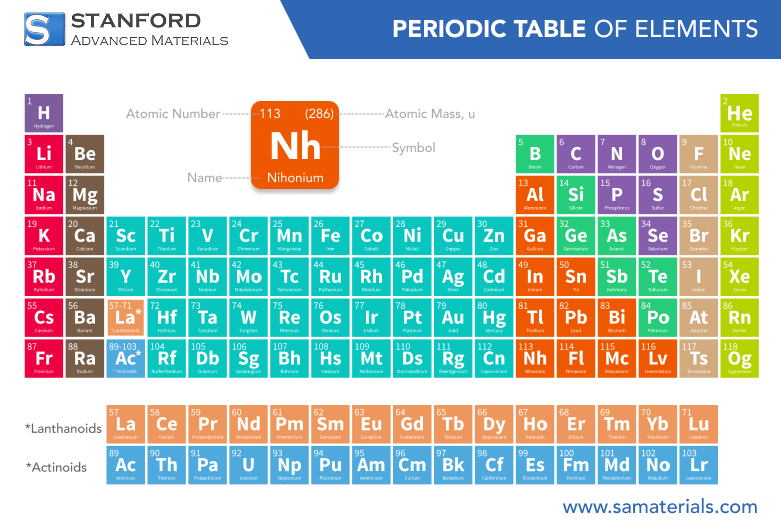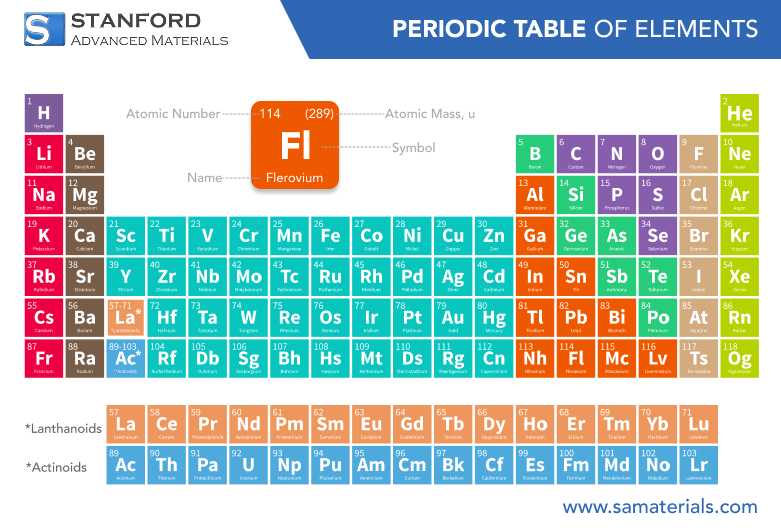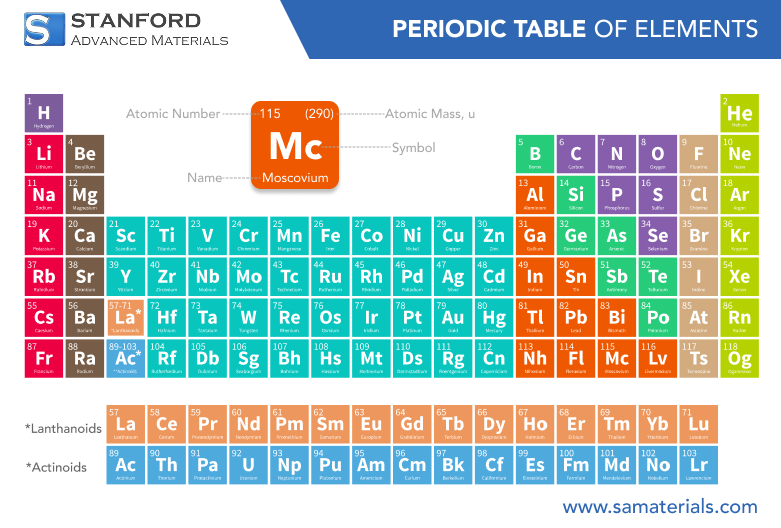Iodine: Element Properties and Uses
Description
Iodine is a vital non-metal element used in medical, pharmaceutical, and industrial applications, including disinfectants, dietary supplements, imaging contrast agents, and chemical synthesis.
Introduction
Iodine, with the atomic number 53, is an essential halogen found in the periodic table and plays a significant role in both nature and modern industry.
Historically, iodine was recognized in the early 19th century for its distinct appearance—a lustrous, dark gray solid that sublimes to produce a purple vapor. Its presence is critical in human nutrition, particularly in the prevention of iodine deficiency disorders through iodized salt.
Chemical Properties Description
As a member of the halogen family, iodine shares common traits with other halogens like chlorine and bromine; however, it also exhibits several distinctive features. Iodine is known for its multiple oxidation states, including –1, +1, +3, +5, and +7, which enable it to form a variety of compounds. This variability allows iodine to participate in both redox reactions and the synthesis of complex molecules.
One of the remarkable aspects of iodine’s chemistry is its ability to form stable compounds with both metals and nonmetals. For instance, iodine reacts with alkali metals to produce iodides, compounds that are integral to various industrial processes.
Another notable chemical property is iodine’s tendency to form polyiodide complexes. These complexes arise when iodine combines with iodide ions, resulting in structures that have unique optical and electrical properties. Research into these polyiodide ions has contributed to advances in fields such as solar energy conversion and materials science, where their light absorption and conductivity characteristics are harnessed for innovative applications.
Physical Properties Data Table
Property | Value |
Atomic Number | 53 |
Atomic Mass | 126.90 u |
State at Room Temperature | Solid (sublimates to purple vapor) |
Melting/Sublimation Point | 113.7 °C |
Boiling Point | 184.3 °C |
Density (Solid) | 4.93 g/cm³ |
Appearance | Dark gray crystalline solid with purple vapor |
For more information, please check Stanford Advanced Materials (SAM).
Common Uses and Related Industrial Products
Iodine is utilized in a broad spectrum of applications that affect everyday life and support various industries.
In the medical field, iodine’s antiseptic properties are critical. It is a core ingredient in antiseptic solutions like povidone-iodine, which are routinely used for disinfecting wounds and preparing the skin prior to surgery.
Iodine is also incorporated into iodized salt, a common dietary supplement that helps prevent thyroid-related disorders and other health issues caused by iodine deficiency.
In industrial settings, iodine is employed in the manufacture of photographic chemicals, where its unique reactivity and light-sensitive characteristics enhance image processing.
It also serves as a catalyst in organic reactions and is a crucial component in the synthesis of various chemicals. Related industrial products such as potassium iodide and sodium iodide are used as precursors for producing a wide range of iodine-containing compounds.
The element’s role is not confined solely to these uses; iodine is also significant in nuclear medicine. It is employed in diagnostic imaging techniques and treatment procedures, particularly because of its natural affinity for the thyroid gland.
Preparation Methods
Several preparation methods have been developed to obtain high-purity iodine suitable for both laboratory research and industrial production. One common method involves the extraction of iodine from natural sources such as seaweed and iodide-rich brines.
In these processes, iodine is naturally present in seawater predominantly as iodide ions. By treating the brine with a suitable oxidizing agent—such as chlorine—the iodide ions are converted into elemental iodine. The iodine then sublimates, bypassing the liquid phase, and is subsequently collected through condensation and crystallization.
Frequently Asked Questions
What is iodine commonly used for?
Iodine is widely used in medical antiseptics, iodized salt for nutritional supplementation, photographic chemicals, and as a catalyst in various industrial processes.
How is iodine prepared industrially?
Iodine is typically prepared by oxidizing iodide-rich brines or seaweed extracts with chemical oxidants, followed by sublimation and crystallization to obtain high-purity iodine.
What are the key chemical properties of iodine?
Iodine exhibits several oxidation states, forms stable compounds with metals and organic molecules, and can function as both an oxidizing and reducing agent.
Can iodine be used in nuclear medicine?
Yes, iodine is used in nuclear medicine for diagnostic imaging and treatment procedures, particularly due to its natural affinity for the thyroid gland.
Is iodine naturally occurring?
Iodine occurs naturally in trace amounts in the earth’s crust and seawater, making it essential for human health and various industrial applications.

